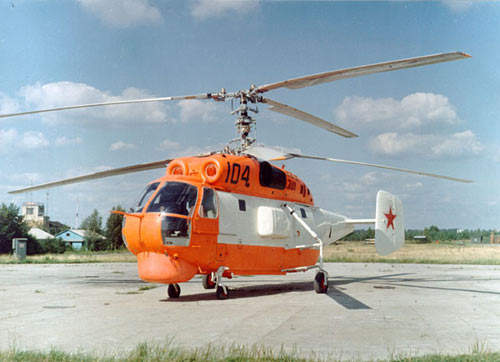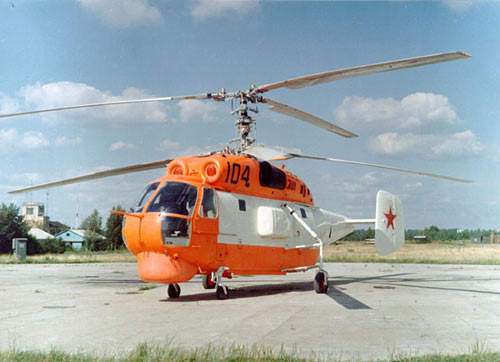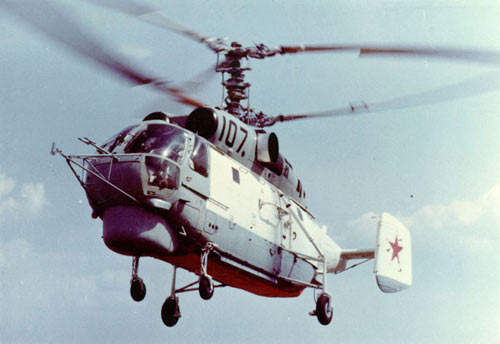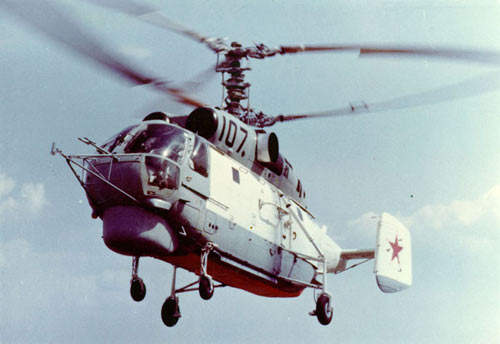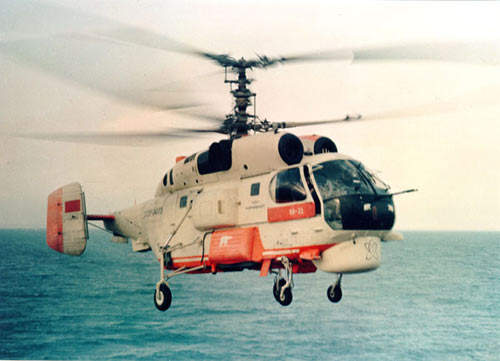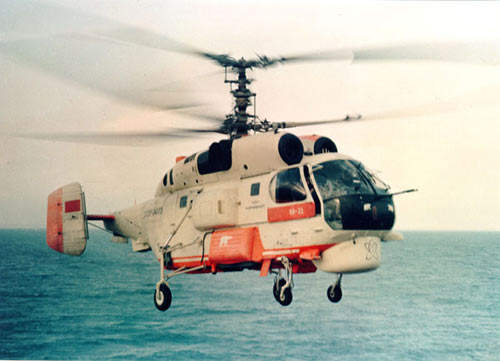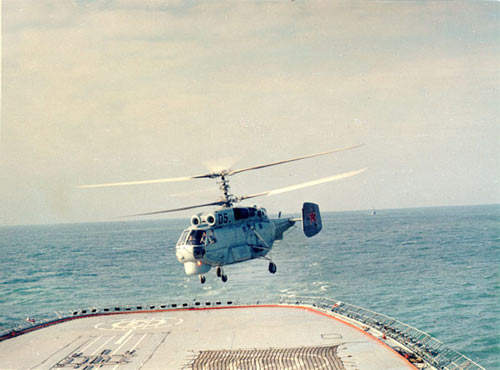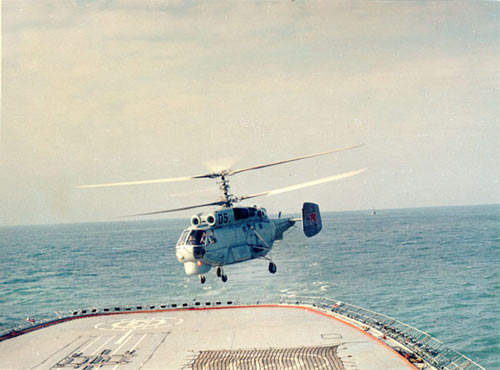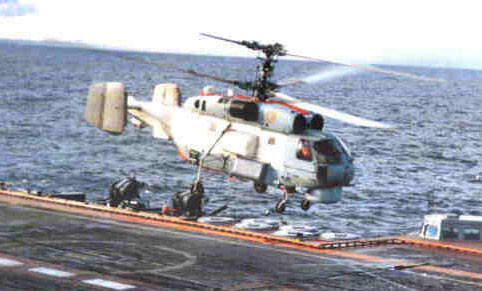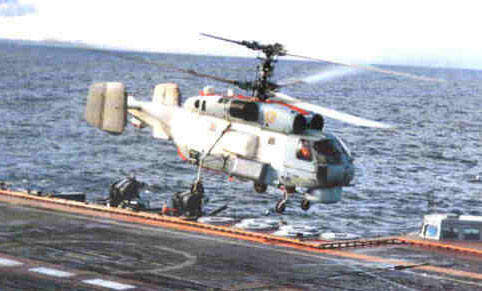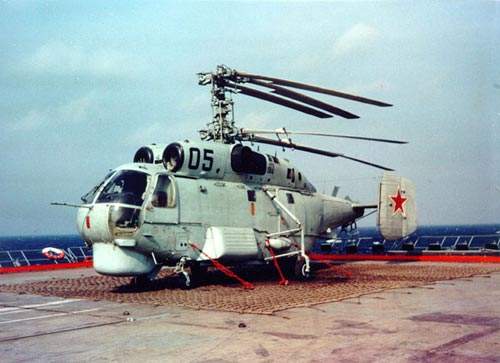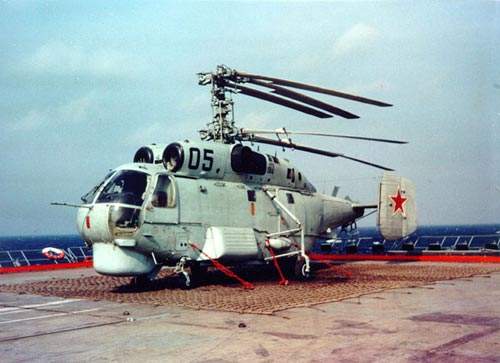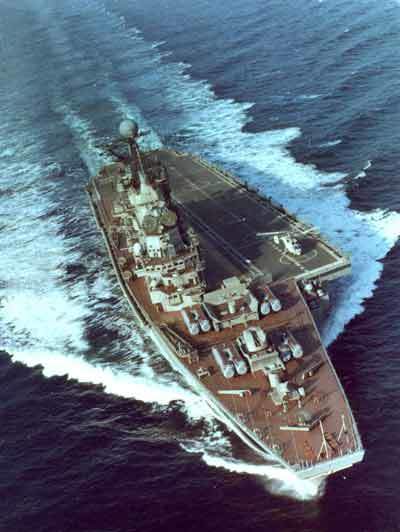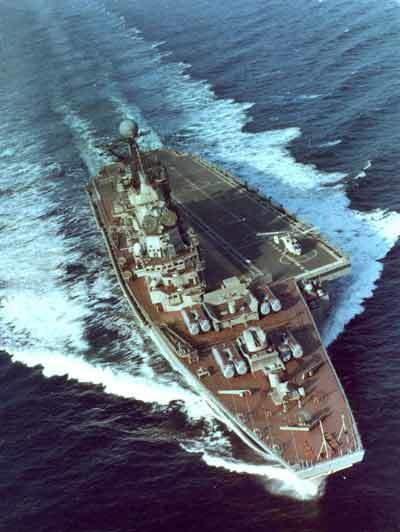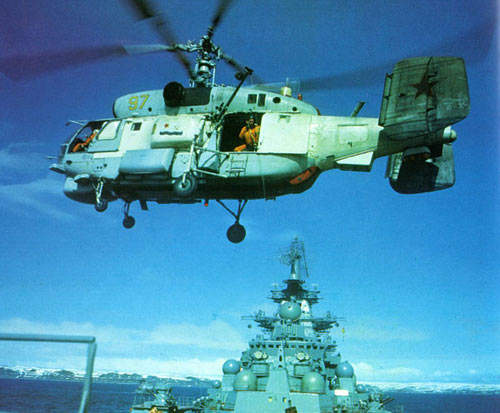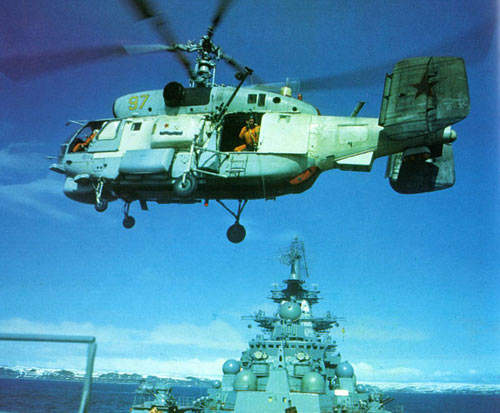The Ka-27 and Ka-28 are naval anti-submarine helicopters and the Ka-29 is a naval combat and transport helicopter, designed and manufactured by the Kamov Design Bureau in Russia. The helicopters are known in the West by the Nato reporting name Helix. Over 60 Ka-27/28s and 15 Ka-29s are in service with Russia, and the helicopters have been exported to Cuba, India, Syria, Vietnam and the former Yugoslavia.
China has three Ka-27s and 14 Ka-28s to operate from their Russian-built Sovremenny destroyers.
Ka-27 and Ka-28 anti-submarine warfare helicopters
The mission of the helicopters is to detect, track and destroy submerged submarines at a depth of 500m and running at speeds up to 75km/h at any time of year and in all weather conditions.
The Ka-28 has both day and night operations capability. The helicopters can operate in conditions up to sea state 5 and at ranges up to 200km from the take-off pads.
Structural design
The helicopter is fitted with a coaxial main rotor with folding blades. The composite blades are fitted with an electric thermal de-icing system. The aerodynamic and design parameters allow the helicopters to be stowed in small shipborne hangars. The landing gear provides for safe take-off and landing on rocking ship decks. Corrosion-resistant materials have been used in the construction to ensure normal operation in active sea environments. The helicopter is fitted with ballonet flotation devices for emergency landing on water.
TV3-117 turboshaft engines
The Ka-27 helicopter is powered by two TV3-117KM turboshaft engines. The Ka-28, a modification of the Ka-27, is powered by two more powerful TV3-117VK turboshaft engines, with increased fuel and take-off weight.
Mission systems
The helicopter is equipped with a radar system for navigation and to detect surfaced submarines and responder beacons. The VGS-3 dipping sonar detects submarines, determines the coordinates of the submarine and transfers the data in semi-automatic mode to data transmission equipment. The mission computer carries out automatic control, stabilisation and guidance of the helicopter to the mission areas to attack targets.
The helicopter also has a magnetic anomaly detector (MAD) and an airborne receiver to detect and guide the helicopter towards sonar buoy radio transmissions. The export version Ka-28 also has an IFF (interrogation friend or foe) system.
Weapons systems
The helicopter is armed with one homing torpedo, one torpedo rocket, ten PLAB 250-120 bombs and two OMAB bombs. It is fitted with a heated torpedo bay, ensuring the reliability of weapons in low-temperature weather conditions.
Ka-29 naval combat and transport helicopter
The Ka-29 is the naval combat and transport helicopter version of the Ka-27. The mission of the helicopter is to land navy and infantry units with armament from combatant ships, ensure fire support for seaborne assault troops, ferry personnel and cargo from ship bases, and supply vessels to combatant ships.
The structure of the Ka-29 is very similar to the Ka-27 and Ka-28. The helicopter is powered by two TV3-117V turboshaft engines.
Mission systems and equipment
The Ka-29 can be re-equipped while on the assembly line, and transport and combat versions can be produced during assembly at the manufacturing plant, while the variants can also be reciprocally changed in the field.
The cargo cabin accommodates 16 armed troops, or four stretcher patients and seven seated casualties with one medical attendant, or at 2t of cargo.
The helicopter can be fitted with four weapon suspension stations. According to the mission requirements, it can be armed with rockets, bombs and machine gun pods mounted on the weapon pylons on both sides of the fuselage. Alternatively, tanks or container pods can be carried. Bombs and containers can be also arranged in the helicopter’s torpedo bay. The helicopter is fitted with a 7.62mm flexibly mounted machine gun with 1,800 cartridges.
A number of measures are taken to increase combat survivability, including armour protection. The helicopter has been in service with the Russian armed forces since 1985.
Ka-29 performance
The maximum and cruise speed of the Ka-29 helicopter are 280km/h and 240km/h respectively. The service ceiling and tactical radius of the helicopter are 3,000m and 100km respectively. It can fly at a range of 460km. The maximum take-off weight of the helicopter is 11,500kg. The helicopter weighs around 5,520kg when empty.
Ka-31 airborne early warning (AEW) helicopter
A further variant, the Ka-31, has been developed for airborne early warning (AEW). Nine Ka-31 helicopters (four in 1999 and five in 2001) were ordered by the Indian Navy, for deployment on the INS Viraat aircraft carrier and Talwar frigates. The production of Ka-31 helicopter began in 2002. First four helicopters were delivered to Indian Navy in April 2003. The remaining five Ka-31 were delivered in 2005. Also based on the Ka-27, the multirole Ka-32 has been chosen by South Korea for search and rescue duties.
The Ka-31 is the radar picket naval helicopter version of the Ka-27. The main mission of the aircraft is to detect long-range threats including airborne threats such as fixed-wing aircraft and helicopters. It also performs surveillance, target tracking and transmission of the target data to the command posts.
The airframe of the Ka-31 is based on the Ka-27. It has a rotating antenna of the airborne electronic warfare radar, which can be folded and stowed under the fuselage. The Ka-31 is equipped with auxiliary power plant, a de-icing system for the main rotor blades and co-axially mounted contra-rotating main propellers.

